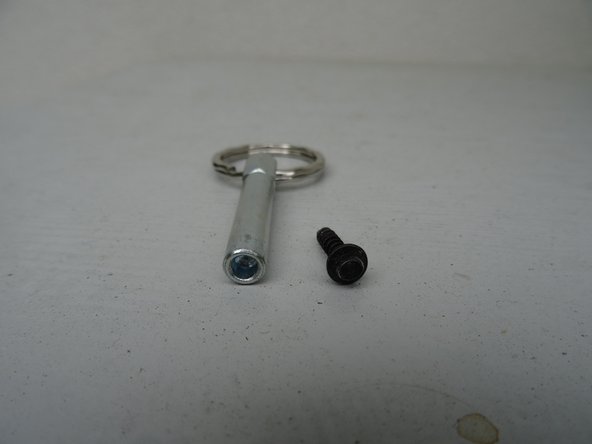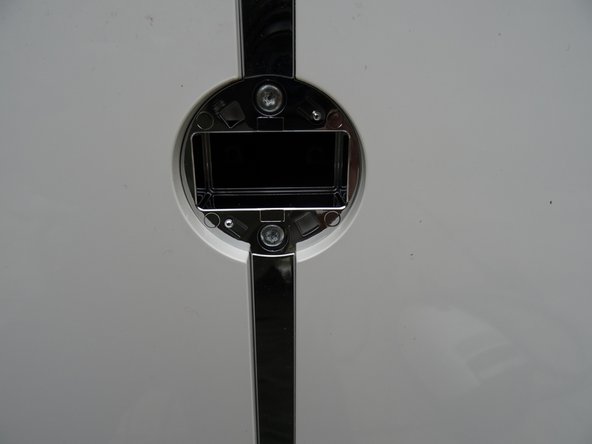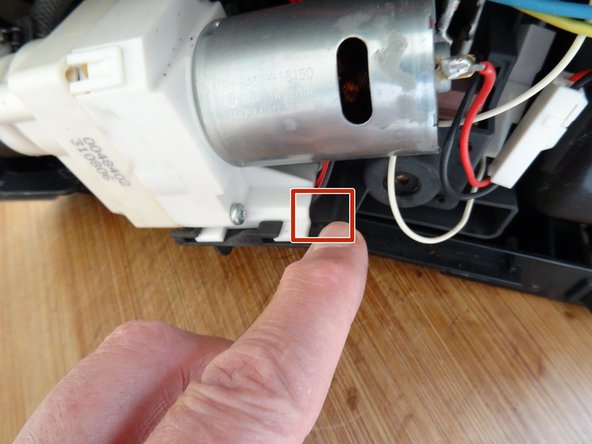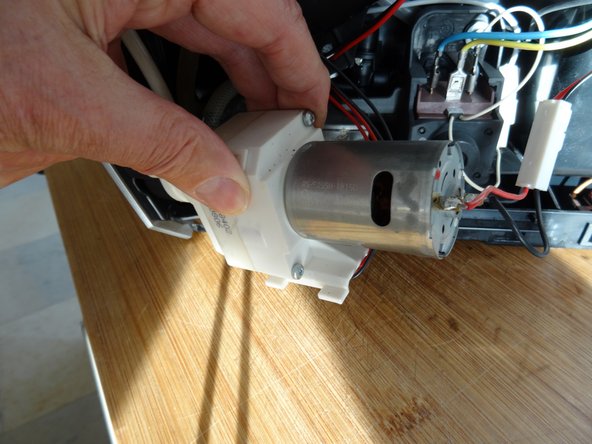Jura Capresso IMPRESSA J5 Ceramic Valve Replacement
ID: 147151
Description: The ceramic valve controls which way the fresh...
Steps:
- Unplug the power cord!
- Remove the water tank and the drip tray. Remove all coffee beans from the storage container.
- Flip open the lid of the bean compartment.
- Unscrew the two slotted screws inside the bean compartment. The screws have a rubber washer and will not come out completely.
- Remove the bean compartment.
- The top cover is fastened with oval head screws. Unscrew them.
- These screws have an oval head that makes them look like rivets (picture 2). You need to use a special bit - also available at iFixit - for their removal. Here a DIY guide. If the right bit is not available, it could be done with a pair of needle nose pliers. Jura wants to keep us out of our own machines!!!
- Also remove the two oval head screws underneath the ground coffee compartment lid.
- Now you can pry up the top cover all around.
- Remove the top cover. This often requires a little force.
- Use plastic tools to avoid scratching your device.
- Turn the device with the back facing you.
- Turn the Jura label a few degrees counterclockwise. If it's hard to do, use a small suction cup.
- Remove the Jura label.
- Underneath the label you will find two Torx T15 screws. Remove them.
- Carefully pull the top of the chrome cover slightly outwards, then push it down and put it aside.
- Remove the Torx T15 screw on the side panel with the water tank.
- Pull the right side panel slightly towards the back.
- Remove the side panel.
- Pull the left side panel slightly towards the back and remove it.
- Find the ceramic valve at the bottom behind the right side panel It is slid onto a black plastic support plate and connected with two cable connections and three hoses.
- Using your finger press the black plastic detent down.
- Push the ceramic valve upward to the right.
- The valve may still be secured on the underside with a screw.
- If you want to replace the valve, you have to disconnect all cables and hoses. If you are only removing the valve to access other components (outlet valve, heat exchanger), you do not need to disconnect the connections.




















